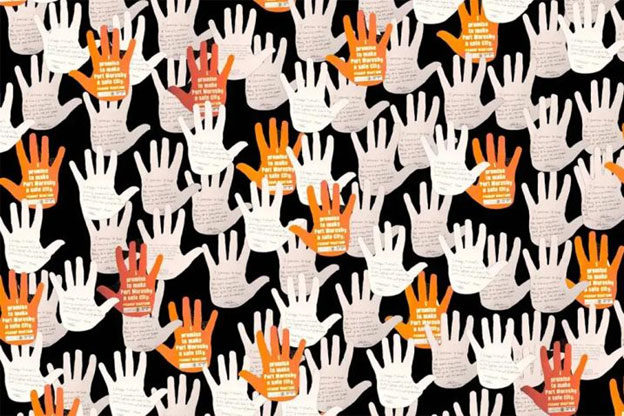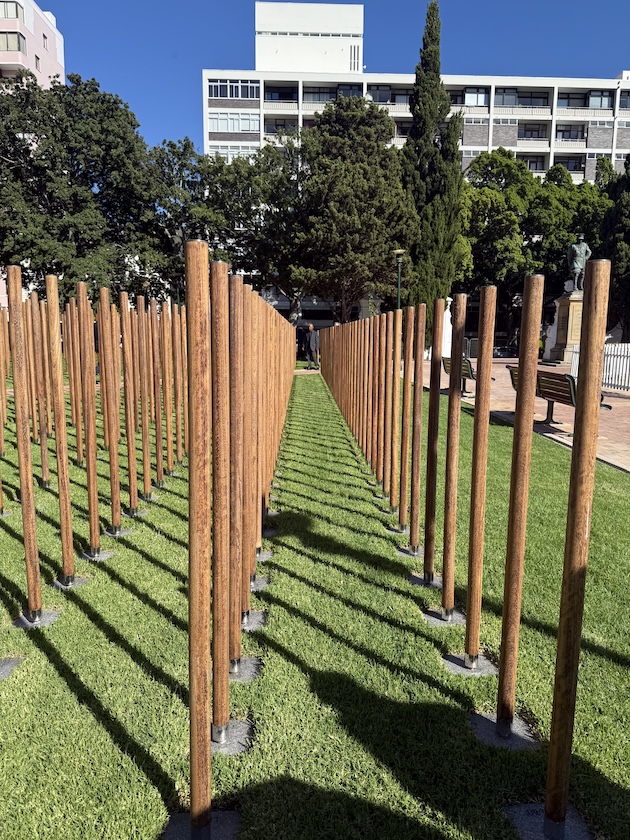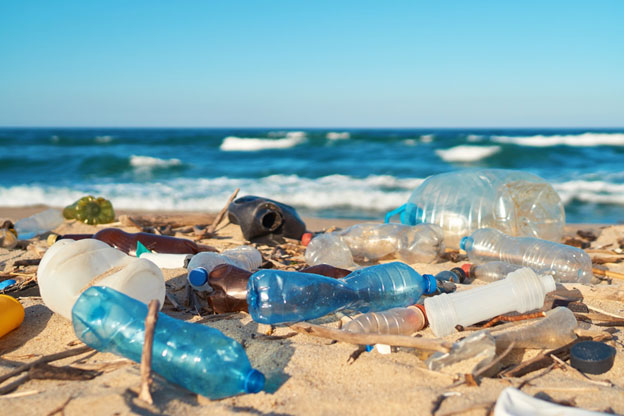

LONDON, Nov 22 (IPS) – In 1960, the Rafael Trujillo regime in the Dominican Republic assassinated the Mirabal sisters— renowned and respected for their courage and activism against dictatorship. To give their senseless violent death some meaning and to preserve their legacy, in 1999, the United Nations inaugurated November 25—the day of their assassination—as the International Day for the Elimination of Violence Against Women (EVAW).
When talk of violence against women (VAW) was still taboo in polite and political circles, the UN’s stance was powerful. It put a spotlight on a pervasive pandemic of violence evident across continents and cultures that caused devastation in the lives of millions and replicated itself across generations.
The assumption was that raising public awareness and creating a political platform—a global one, no less—would prompt attention, concern, action, and genuine political will to address and eliminate this preventable form of harm and trauma.
Unfulfilled Promise of Global Initiatives
In the subsequent years, other high-profile, largely performative, initiatives followed. UN events became annual feel-good rituals, sidelining seasoned women’s rights advocates in favor of celebrity-driven initiatives.
UN Women’s campaigns, such as actress Nicole Kidman’s “Say No-UNiTE to End Violence Against Women,” featuring stern Wonder Woman-inspired imagery on reusable bottles, raised funds but did little to reach perpetrators of violence. Emma Watson’s HeforShe seemed to admonish women for excluding men—despite decades of efforts to engage men in tackling violence.
Iceland even hosted an all-male “barbershop” conference to address equality, with limited impact. Similarly, UK Foreign Secretary William Hague garnered attention with grand declarations about ending wartime rape through the UK-led Prevention of Sexual Violence Initiative (PSVI), backed by long-time activist and actress Angelina Jolie.
But his premise that sexual violence in war would be prevented if cases were documented and perpetrators faced the future prospect of criminal justice, missed fundamental facts – including that to stop war-time rape, more focus and resources should be put on preventing wars.
Meanwhile, the top-down international attention barely made a dent in addressing the problem where it resided worldwide: in communities and homes, and increasingly online—especially in times of crisis and conflict. In large part, the lack of impact of these high-level initiatives was their failure to reach the right audiences with the right messages through trusted messengers.
Relying on Hollywood actresses to inspire largely women’s audiences to unite against violence may be necessary for motivating women, but it is not sufficient. When the perpetrators of violence are overwhelmingly male, strategies, messaging, policies, and programs must also be directed at men.
Implicitly acknowledging that world leaders did not care about the social and human cost of violence against women, the World Bank took a different tack: following the money. In 2014, the Bank reported that violence against women cost countries up to 3.4% of their GDP.1 In some countries, this was more than double their investments in education.
Implying that we should care about violence against women because it affects our bottom line is certainly a mercenary approach, but even this stark calculation failed to prompt a change in policies, practices, or prioritization of the elimination of violence against women (EVAW) as a socio-economic and security concern.
Countless diplomats, activists and bureaucrats have shaped new policies and resolutions at national and international levels. A transnational bureaucracy has grown around the agenda and EVAW has gone global with the “16 Days of Activism” campaign. Yet, 25 years later, the outlook remains grim.
We know that in Gaza women endure caesareans without anesthesia because of the Israeli blockade on food, water, electricity, and medication—but nothing is being done to prevent it. We know that in Sudan, women and girls face extreme sexual violence and rape, yet nothing is being done to prevent this violence or provide protection and care for survivors.
We saw how the COVID-19 pandemic prompted a spike of some 40% in domestic violence across the world—and yet, nothing is being done to acknowledge or deal with the issues systemically. Year after year, femicide persists. Between March 2023-2024, in the UK alone, 100 women were killed by men.
Multifaceted Solutions
Breaking the silence on violence against women through awareness-raising campaigns has certainly drawn attention to the issue. We now have increased reporting, with better data on the forms of violence and the victims and survivors. We have an increased trickle of funding for programming and, perhaps most importantly, we have clear evidence of what works. It is not surprising that the solutions are multifaceted.
Laws and policies matter. In France, as the Gisele Pelicot case reveals, the legal definition of rape matters. Similarly, changing institutional cultures matters, especially in male-dominated law enforcement. In the U.S., a 2020 study found that one in four women will experience sexual assault in their lifetime, but fewer than 5% of survivors report the assaults to law enforcement.
In the U.S., police code 20% of reported cases as “unfounded,” based on the reporting officers’ perceptions of the woman reporting the incident. The 2020 report notes that “dismissing sexual violence has become common practice amongst the police.”2 Training and changing police practices is therefore essential to bring perpetrators to justice and increase women’s trust in the service.
Globally, grassroots initiatives prove that impactful change begins with local security personnel and community leaders. At the International Civil Society Action Network (ICAN), we have supported many of our partners in the Women’s Alliance for Security Leadership (WASL) in their efforts.
In Sri Lanka, the Association of War Affected Women (AWAW) successfully advocated for deploying female police officers to rural areas, trained male and female police officers on international laws such as UN Security Council Resolution 1325 and encouraged them to develop culturally effective approaches to addressing VAW.
In a Syrian refugee community in Turkey, our partner Kareemat has led interventions to stop child marriages that often take place because they are “one less mouth to feed.” Since fathers are making these decisions, raising awareness of the risks to their daughters and offering livelihood alternatives is essential.
To ensure the message resonates, Kareemat engaged trusted male religious leaders to emphasize that child marriage contradicts Islamic values and harms young girls. They also advocate for continued education and provide skills training, supporting girls to have their own livelihoods.
“We have observed a positive shift among many beneficiaries, especially men…agreeing on the importance of waiting until a girl reaches the age of eighteen before marriage,” says Kareemat Founder, Najla Sheikh. “These men also advocated for preparing young women by equipping them with a profession that enables them to support themselves…The beneficiaries expressed a desire to see girls achieve financial independence and be able to protect themselves in a safe environment like Kareemat.”3
Efforts to engage men in communities has expanded over the years. But as UK-based investigative journalist Sonia Sodha wrote in 2022,4 when it comes to the seriously violent, awareness and education is just not enough; reflecting on the differences between and within men is also essential.
Sodha highlights the UK-based project, Drive, which “has shed once and for all the feminist attachment to the idea that the key to reducing serious violence is teaching men to be better.” The project works with high-risk domestic abusers, assigning them case managers to provide support with jobs, mental health, and housing, while also serving as early warning conduits to involve police and social services when necessary to disrupt violence.
The results are astounding with an 82% and 88% drop in physical and sexual abuse respectively. Yet, access remains severely limited, with only 1% of serious abusers receiving such intervention.5
Meanwhile, a consistent factor in men’s violence is their own exposure to violence as children. Childhood abuse is a leading precursor of adult violence, yet in rich and poorer countries, programs to protect children are being slashed. As the wars in Gaza and Yemen show, children are increasingly the key targets of violent conflict.
Violence Against Women Amidst War and Displacement
With 56 wars raging and over 120 million people displaced by conflict, violence against women is on the rise, in increasingly complex forms. Ukraine is a case in point. Ukrainian men have become soldiers at the frontlines fighting Russian forces to protect their families and homeland.
But too often, on leave, they mete out their own trauma against their wives and children. It is wretchedly heartbreaking, yet universal in contexts of crisis and conflict.6 Simultaneously, displacement and economic hardship forces more women into sex work, trafficking, and other situations that heighten their vulnerability. Political dealmaking, such as the U.S.-Taliban agreement, has fueled multi-generational violence against women and children.
Over half a century since the Mirabals’ assassination, as a global community, we are certainly more aware of the horrors of violence against women. But it is still women who are picking up the pieces.
Our support networks are critical, says South African activist Bernedette Muthein, recalling “the street groups that intervene during domestic violence” and the women-led organizations that provide advice, support, and exit plans that “include stashing identity documents, clothes and money.”
Shelters and women-only spaces also remain essential for victims. But in Liberia, says peacebuilder Cerue Garlo “such issues are still not seen as national issues. The public expects women to handle them as ‘women’s issues’,” a sentiment that resonates around the world.
Time to Break the Cycle
On November 25, 2024, as the UN commemorates the 25th anniversary of the International Day for the Elimination of Violence Against Women, perhaps it is worth stating it explicitly: violence against women is not just a women’s issue. It is a societal, economic, and security issue. Given the vast majority of perpetrators are men, it is also very clearly a men’s issue.
At a minimum, it is time to shift the shame and fear that women have harbored for so long, onto the men who perpetuate the violence. Too often, when such calls are made, social media platforms are flooded with #NotAllMen. Of course, not all men are implicated in VAW—and this is precisely the point. It is time for the good men—those who are indignant about and abhor such violence—to stand up, speak out, and join women to take on the challenge of ending this pandemic.
It is also time to dedicate more funding and channel resources directly to the women’s organizations working to tackle the roots, symptoms, causes, and effects of such violence.
The good news is that when the most serious abusers in the UK can be stopped, and destitute Syrian fathers can be convinced to protect their daughters, we know that violence against women is not inevitable. We just need to muster up the political will, social courage, and economic resources. Let’s not wait another 25 years to make the promise of ending violence against women a reality.
1https://www.worldbank.org/en/results/2023/08/25/tackling-gender-based-violence-development-imperative
2https://pmc.ncbi.nlm.nih.gov/articles/PMC9136376/
3 Personal correspondence
4https://www.theguardian.com/commentisfree/2022/mar/06/male-violence-against-women-much-more-than-toxic-masculinity
5 Ibid
6https://gppi.net/media/Kotliuk_2024_Hidden-Front-of-Russias-War_ENG.pdf
Sanam Naraghi Anderlini, MBE, is Founder/CEO, International Civil Society Action Network (ICAN)
IPS UN Bureau
Follow @IPSNewsUNBureau
Follow IPS News UN Bureau on Instagram
© Inter Press Service (2024) — All Rights ReservedOriginal source: Inter Press Service


